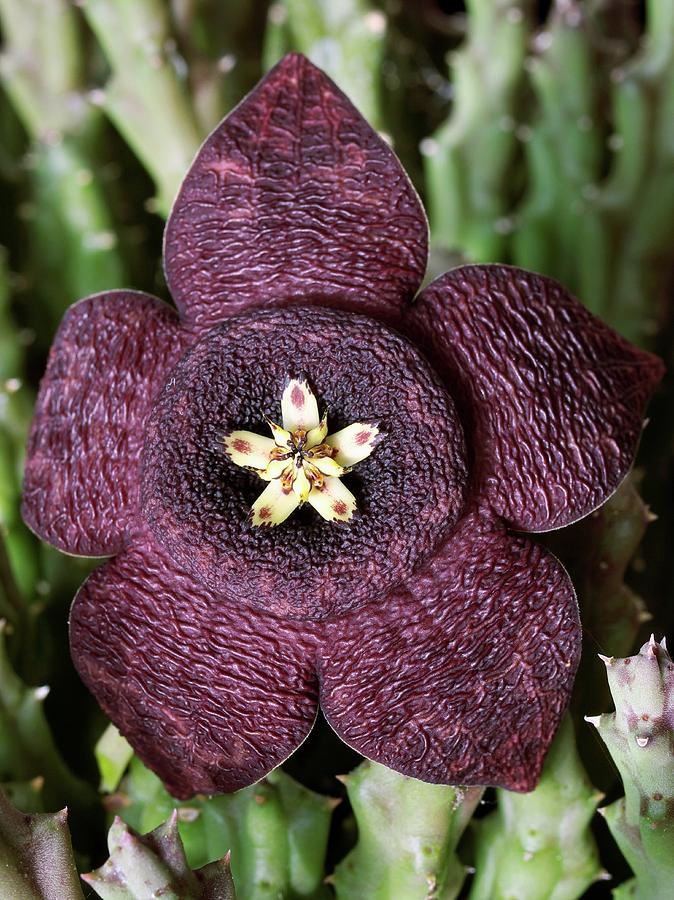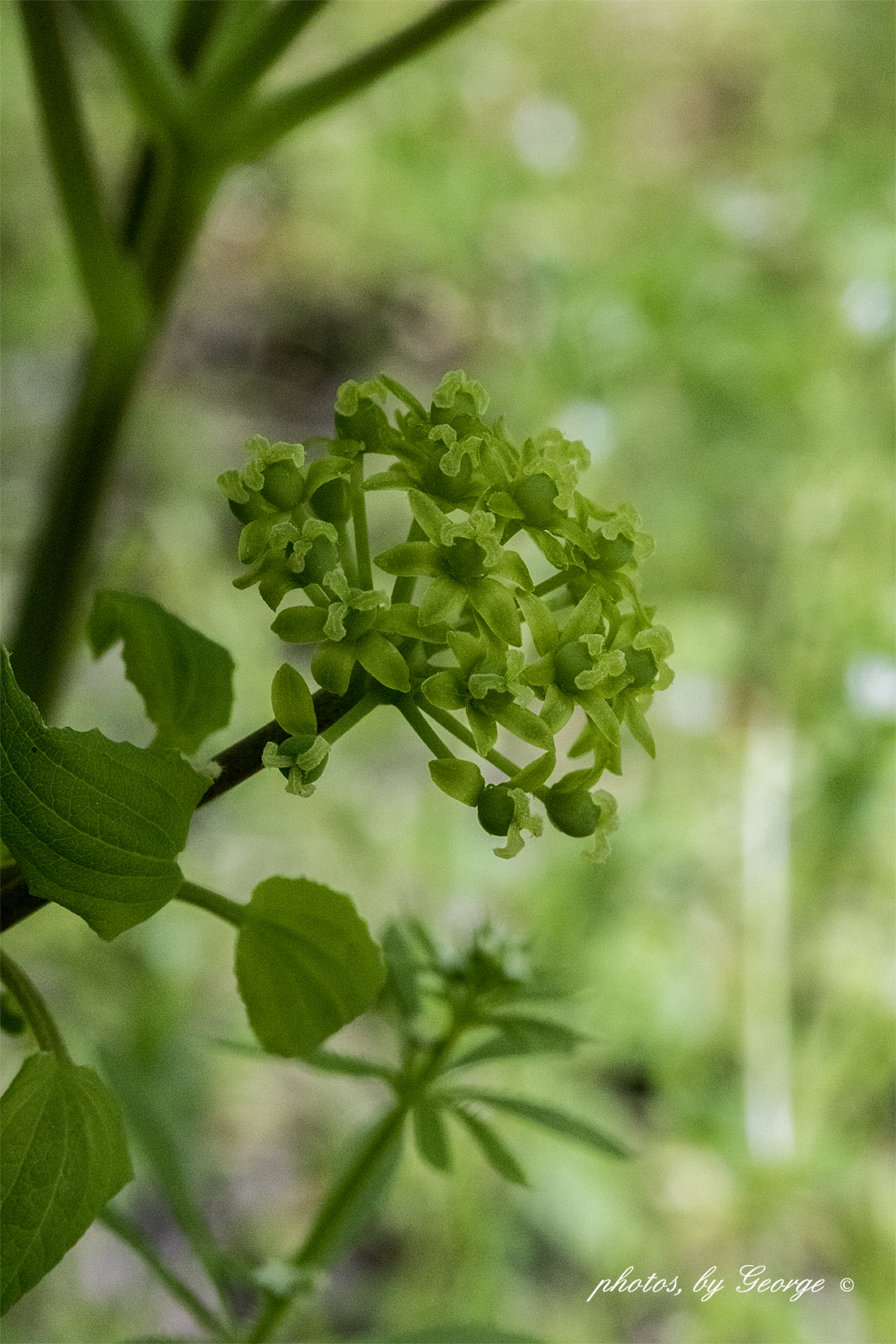
The putrid smell of the flowers of many species attracts flies and other insects for pollination (myophily). Members of this strictly entomophilous (strongly associated with insects) genus occupy a wide diversity of habitats, mostly in arid areas. Seeds have a thin outer margin and a tuft of hairs (coma) helping with wind dispersal. The fruit (follicles) are pubescent, sometimes containing a large number of seeds.
CARRION FLOWERS SERIES
Two series of corona lobes are present: an outer and inner corona. The outside is usually uniformly papillate and the inside transversely rugose (wrinkled). The surface of the corolla is characteristic. In most species, the corolla has relatively long lobes and a small, central, united area. The flowers are extremely variable in size (6-400 mm across), but there is usually little variation in the shape, invariably being almost flat and deeply lobed. Flowers in an inflorescence generally open in succession.

The flowers of the smaller-flowered species are usually dispersed at various heights on the stems, sometimes at the base. Large-flowered species bear their flowers usually at or near the base of the plant. remota give the plants a glabrous and shiny appearance. The pubescence of the stem surface is caused by the elongation of the outer walls of the epidermal cells into slender papillae. It is short-lived and leaves a round scar at the tip of the tubercle.

Each tubercle bears a small leaf rudiment, which may vary in width from 1-6 mm. Tubercles on the stems are laterally flattened and vertically joined into continuous rows, rendering the stems 4-angled. Thickness of the stems varies from 5-50 mm in diameter. The stems of a small group of species are greyish with darker purple in the grooves between the angles. Only rarely are they mottled with red or purple on green.

The stems are almost always erect and are usually uniformly green to reddish, depending on the extent of exposure to the sun. The stems, their surface and branching make them immediately recognisable.


 0 kommentar(er)
0 kommentar(er)
